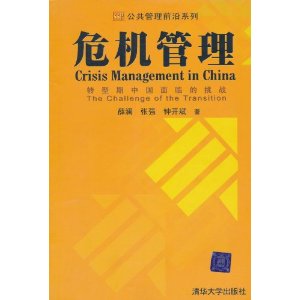【编者按】基地兼职研究人员、国家行政学院钟开斌教授与基地副主任吕孝礼助理教授在灾害研究期刊Disasters上发表Exploring the administrative mechanism of China's Paired Assistance to Disaster Affected Areas programme 学术论文,对中国灾后重建对口支援制度进行了分析。
Abstract
The Paired Assistance to Disaster Affected Areas (PADAA) programme is a mutual aid initiative with Chinese characteristics, which speeded up the process of restoring and reconstructing regions affected by the Wenchuan earthquake on 12 May 2008.1 The PADAA is an efficient instrument for catastrophe recovery, yet it remains a mysterious mechanism to many members of disaster management communities. This paper aims to lift the veil on it by assessing its origins and evolution. It draws on the multi-level moderated competition model to explain how the PADAA functions within the Chinese administrative system. The country's top-down political system allows the central authority to mandate provincial and local governments from more economically developed regions to assist devastated areas with post-disaster reconstruction. The practices of local accountability complement vertical control by giving leaders from donor regions strong incentives to accomplish assigned reconstruction tasks, resulting in intense competition between them.
Zhong, K. and Lu, X. (2017), Exploring the administrative mechanism of China's Paired Assistance to Disaster Affected Areas programme. Disasters. doi:10.1111/disa.12262

网友评论 已有 0 条评论,查看更多评论»